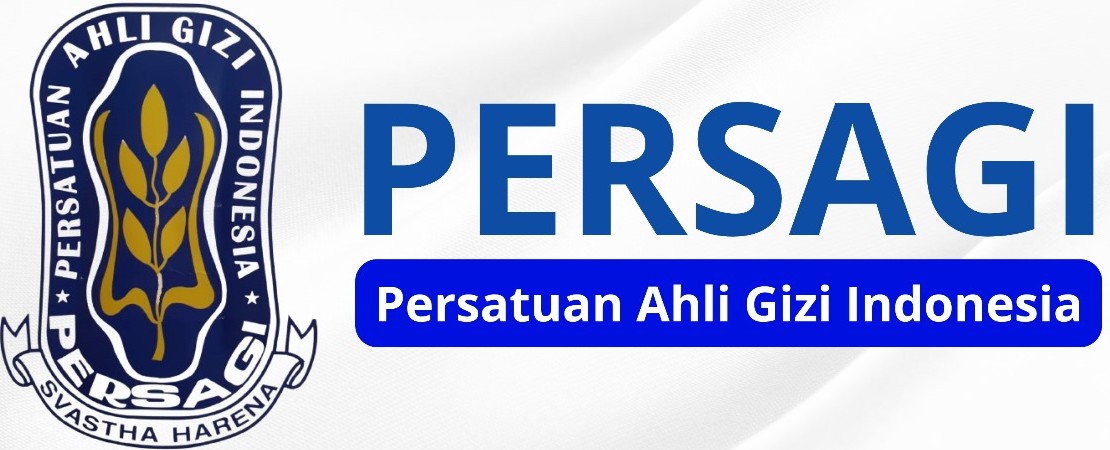ASUPAN ENERGI, ASUPAN KARBOHIDRAT DAN KADAR GLUKOSA DARAH PASIEN RAWAT INAP DIABETES MELITUS TIPE 2 DI RSUD KOTA SALATIGA
Abstract
Background: Non-communicable diseases (PTM) that take up a lot of attention are Diabetes Mellitus (DM). In Central Java, the percentage of cases of DM in 2012 was 15.8%. DM is a disorder caused by inadequate insulin hormone or impaired insulin function and cannot control blood sugar levels. Excess high energy intake of other excess nutrients, one of which is storage and can increase blood sugar levels. The pattern of DM diet in Salatiga City Hospital is adjusted to the cost of food (unit cost) of each treatment class. Differences in diet in each class consider the difference in the amount of energy and carbohydrates that are not according to needs
Objective: to determine the effect of various differences in the composition of rice flour and black bean flour red against the fiber content and the received power snack bar.
Methods: The research subjects were patients with a medical diagnosis of type 2 diabetes mellitus who were hospitalized in the VIP, I, II, III care class, over 18 years of age and were not fasting. Type of descriptive-analytic research and cross-sectional study design. How to take non-probability sampling. Data collected included blood glucose levels, energy intake, carbohydrate intake (Comstock method), calculation of energy and nutrient requirements. Statistical analysis uses Pearson Correlation and Linear Regression.
Results: The research subjects were patients with a medical diagnosis of type 2 diabetes mellitus who were hospitalized in the VIP, I, II, III care class, over 18 years of age and were not fasting. Type of descriptive-analytic research and cross-sectional study design. How to take non-probability sampling. Data collected included blood glucose levels, energy intake, carbohydrate intake (Comstock method), calculation of energy and nutrient requirements. Statistical analysis uses Pearson Correlation and Linear Regression.Keywords
Full Text:
PDFReferences
Barasi, Mary E. 2007. Nutrition at a Glance : Ilmu Gizi. Jakarta : Erlangga Medical Series
Beck, Mary E. 2011. Ilmu Gizi dan Diet Hubungannya dengan Penyakit-penyakit untuk Perawat dan Dokter. Yogyakarta : CV. Andi Offset
Dinas Kesehatan Kota Semarang.2013. Profil Kesehatan Kota Semarang 2013.
Fakultas Kedokteran Universitas Gadjah Mada. Yogyakarta
Mahendra, Krisnatuti D, Tobing A, Boy. Care Your Self Diabetes Melitus. Jakarta: Penebar Plus. 2008
Murray RK, Granner DK, Rodwell VW. 2009. Biokimia Harper. Jakarta : Buku Kedokteran EGC
Paruntu, Olga Rieke. 2012. “Asupan Gizi Dengan Pengendalian Diabetes Pada Diabetisi Tipe II Rawat Jalan di BLU PROF.DR.R.D.Kandou Manado”. Skripsi.Manado : Poltekkes Kemenkes Manado
PERKENI. 2011. Konsensus Pengelolaan dan Pencegahan Diabetes Melitus Tipe2 di Indonesia 2011.Jakarta: PB PERKENI.
Powers, Margaret A. 1996. “Handbook of Diabetes Medical Nutrition Therapy”. USA : Aspen Publishers
RSUD Kota Salatiga. 2014. Rekam Medis
Bertelsen, Jette, et al. 1993. “Effect of Meal Frequency On Blood Glucose, Insulin, and Free Fatty Acids in NIDDM Subject”. Diabetes Care, Volume 16, Number 1, January 1993. Site :http://care.diabetesjournals.org/ cited on 10 Januari 2015
Dinas Kesehatan Kota Semarang.2013. Profil Kesehatan Kota Semarang 2013.
DOI: https://doi.org/10.31983/jrg.v3i1.4324
Article Metrics
Refbacks
- There are currently no refbacks.
Pengindeksan :
Jurnal Riset Gizi oleh http://ejournal.poltekkes-smg.ac.id/ojs/index.php/jrg disebarluaskan di bawah Lisensi Creative Commons Atribusi-BerbagiSerupa 4.0 Internasional.

.png)

.png)
.png)
.png)












